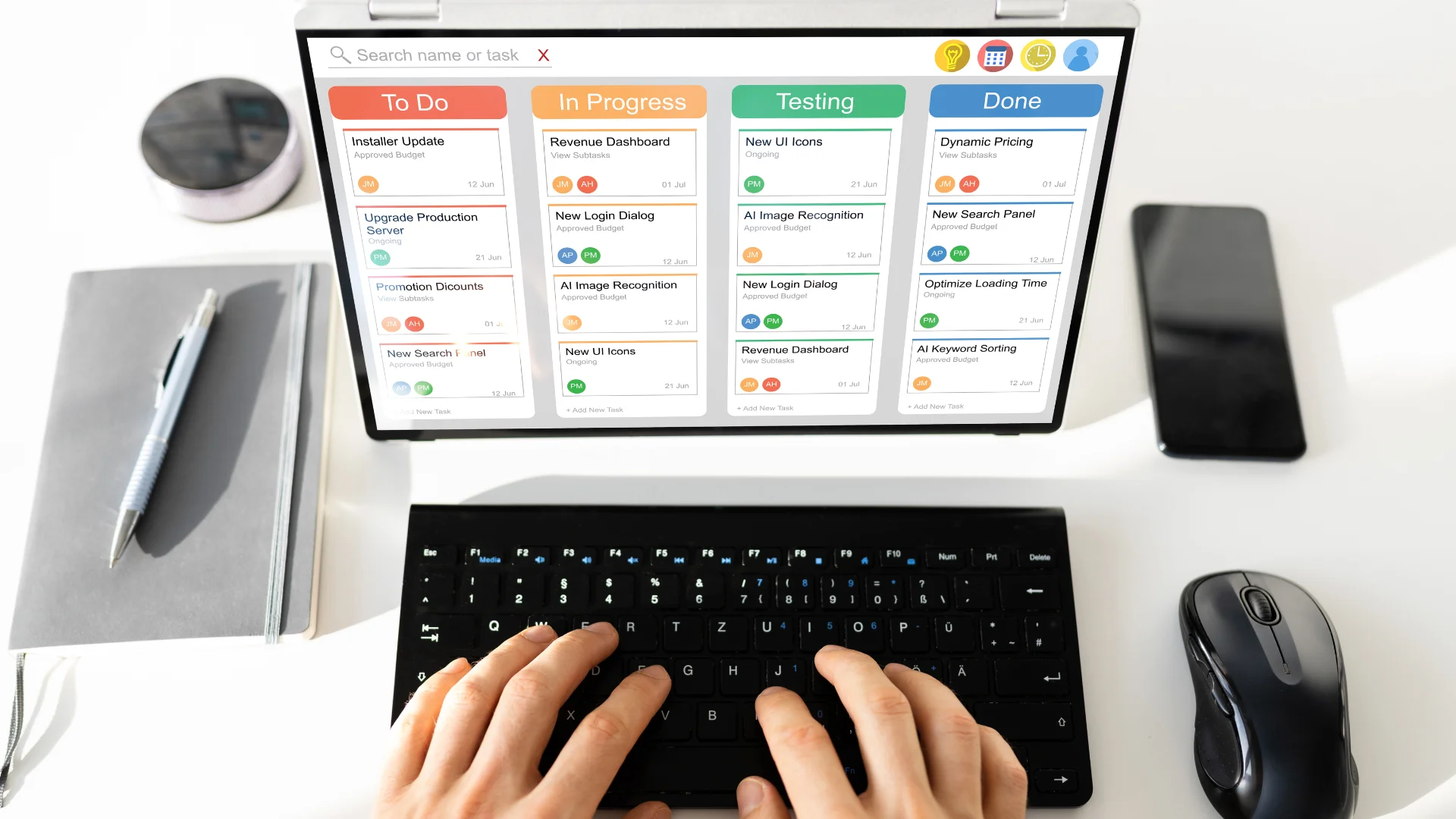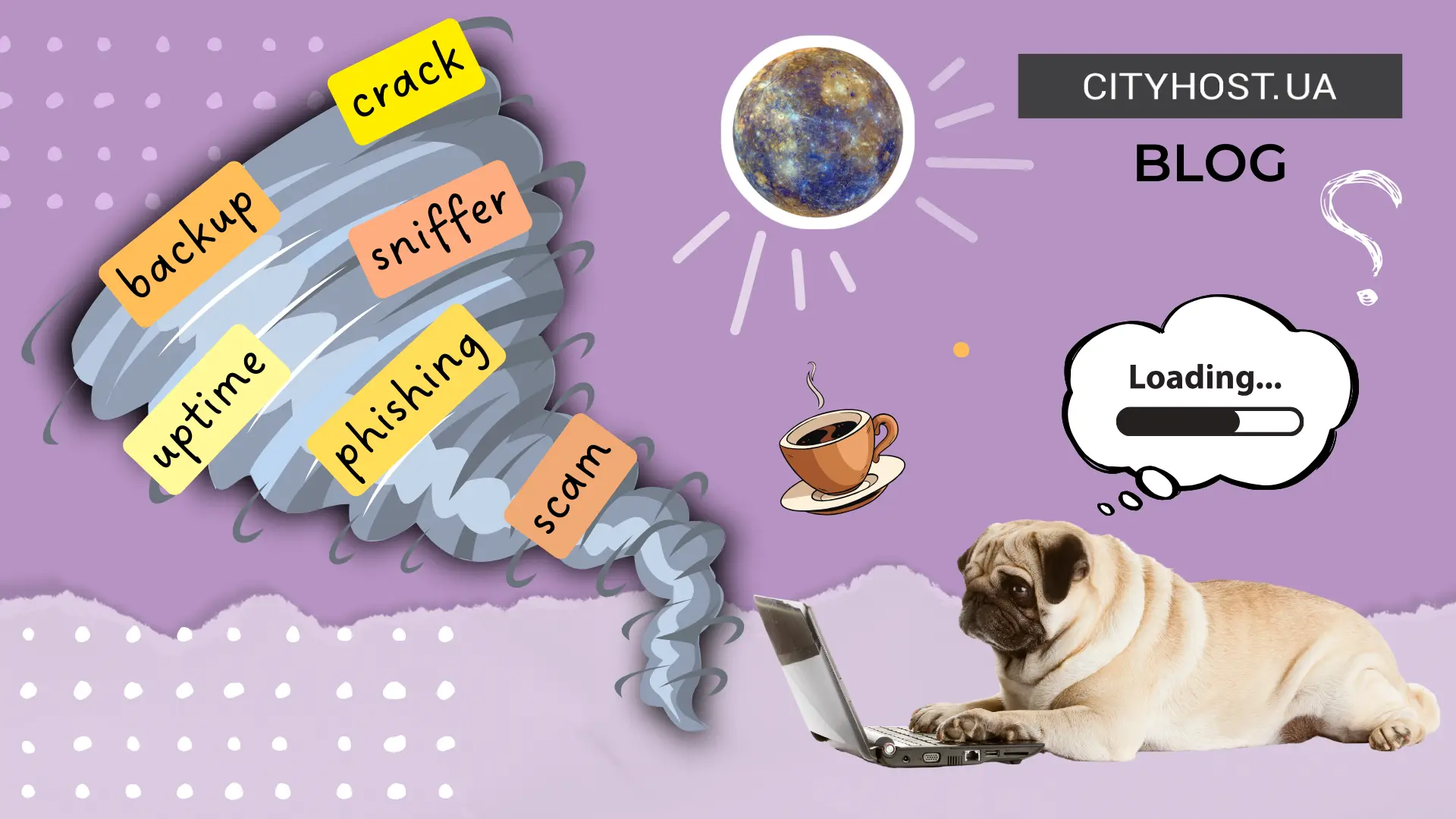
"A samurai has no goal, only path"
In reality, the path is not the only important thing in Agile, as the main goal is always in focus. However, this method does resemble a samurai among other methodologies because it emphasizes not only the goal but also the journey, flexibility, and speed of decision-making.
Everyone has probably experienced this situation: you have a task that includes many subtasks, complex operations, and preparations, making it seem overwhelming. Wise people say that in such cases, you should "eat the elephant one bite at a time". This is exactly what the Agile methodology offers. Initially designed for software development, it can also be effectively applied to project management in various fields.
In short, Agile is a software development methodology that does not follow a rigid plan but instead progresses through multiple iterations that break down a long process. Between iterations, review meetings are held to determine the next steps. This approach allows for continuous reassessment of results, providing extra motivation for both developers and clients, who gain a clearer view of the process and can easily adjust plans if new circumstances arise.
Agile enhances teamwork by fostering an atmosphere of collaboration, trust, and mutual understanding. Regular meetings ensure that all team members are aware of the project's status and can quickly respond to changes. Self-organization and an even distribution of responsibility motivate each participant to work more effectively, while constant feedback helps identify and correct errors promptly. This not only boosts productivity but also creates a healthy work environment where everyone feels valued and engaged in the shared goal.

By the way, for collaborative team work and product testing, a VPS or dedicated server may be required. To save costs, we recommend renting a server instead of purchasing one. This solution is budget-friendly not only in terms of money but also time, as hardware maintenance requires resources—whereas in the case of renting, the provider takes care of it.
Additionally, our hosting supports NODE.JS and NEXT.JS, making it easy to set up the development environment and quickly launch a project.
But let's get back to Agile. In traditional project management, you need to create a detailed plan, outline each stage of the workflow, assess risks, and follow a strict roadmap. In Agile, however, we have a general goal but no rigid plan—only gradual steps toward achieving it, which can change along the way.
Everything happens in parts: the product is developed in parts, progress is assessed in parts, feedback is received in parts, and the work is continuously adjusted. It’s not a problem if, instead of taking one specific next step, we take another—such as adding a new button to a website because users said they needed it, before returning to the development of other features.
12 Principles of Agile
The core principle of Agile is that the goal takes precedence over the plan. All other aspects of the methodology stem from this fundamental idea.
Overall, the Agile methodology is based on four key concepts:
- people and their collaboration are more important than processes and tools;
- a functional working product is more important than documentation;
- collaboration with the client and their satisfaction are more important than the contract;
- flexibility is more important than a fixed plan.
This methodology is designed to maintain the psychological comfort of every participant. For executors, achieving small daily goals is easier. For clients or employers, it is more convenient and reassuring to see progress in small increments and understand that the process is moving forward.
The four main ideas of Agile are further detailed in its 12 principles, compiled in the so-called Manifesto for Agile Software Development, which was first introduced in 2001 in the United States by seventeen developers.
Key Agile Principles:
- Customer satisfaction. The most important aspect is to continuously deliver value at every stage rather than providing it all at once at the end.
- Embracing change. Flexibility is the foundation of Agile, so even if requirements change in later stages, that’s completely normal.
- Frequent updates. The product is delivered multiple times throughout the process in a working state, even if with limited functionality.
- Collaboration. Business and developers continuously interact, hold meetings, and provide mutual feedback.
- Motivating people. This methodology consistently focuses on creating conditions for strong and lasting motivation.
- Communication and contact. The most effective communication happens face-to-face during meetups, without intermediaries passing requirements back and forth.
- A working product as the main metric. Progress is measured by the presence of functioning software.
- Sustainability. Teams should work at a steady pace that they can maintain over the long term.
- Technical excellence. Continuous improvement of technical aspects and design.
- Simplicity. To accomplish as many tasks as possible quickly, the simplest solutions are chosen.
- Self-organization. To keep up with Agile's pace and maintain steady progress, the team must be well-organized.
- Regular review. Frequent meetings help every team member understand what’s happening and adjust their work accordingly.
Read also: TOP-5 task managers for organizing teamwork
Popular Agile Methodologies
With the foundational Agile concepts in mind, it becomes clear that all popular methodologies used in Agile simply provide tools for implementing the principles of flexibility, gradual progress, and adaptation to change.
Scrum
A good Scrum Master is just as important to a project as the developers. Scrum divides work into very short cycles or sprints, lasting from 15 to 30 days. At the beginning and end of each sprint, a review and further planning take place. Instead of a master plan, there is a sprint plan, where both participants and stakeholders clearly understand what the starting point is and what should be achieved by the end of the sprint.
Within Scrum, the team includes a Product Owner, who represents the stakeholders and keeps the main goal—the working product—in focus, and a Scrum Master, who ensures that processes align with the methodology.
To maintain progress, the team holds regular stand-up meetings where they report on their progress and discuss any challenges encountered.
Kanban
Kanban is a process visualization system that makes it easy to see which tasks are still in progress, which are stalled due to obstacles, and which are already completed. This does not necessarily mean using a physical board—Kanban templates are available in popular project management tools like Jira, as well as other virtual boards.

The key idea is that every team member has a clear view of the entire workflow, can see where bottlenecks are occurring, and work collaboratively to resolve issues quickly. To improve efficiency, the number of tasks in progress at any given time is limited. Additionally, the Kanban board allows for easy and quick prioritization of tasks based on changing project needs.
Read also: How to master delegation and stop doing everything yourself
Lean
The name of this methodology comes from the Japanese concept meaning "lean production", which focuses on reducing waste by concentrating on what is essential. Originally developed in Toyota's manufacturing plants, this approach is also useful for Agile teams.
Lean focuses on identifying what is valuable to the end user and developing precisely that. The methodology allows for constant revisions and improvements if they result in greater customer satisfaction. Lean brings a level of structure and order to Agile flexibility, as it requires continuous optimization of processes.
Extreme Programming
This methodology involves very frequent and rapid releases with updates. Each time, customer feedback is collected to quickly adjust the work. Key features of Extreme Programming include:
- continuous testing to improve code quality and task execution;
- pair programming, where developers work in pairs to discuss challenges, resolve issues as they arise, and review each other’s work;
- avoiding premature feature development, ensuring that features are only created when they are truly needed;
- simplifying code to make it more efficient and maintainable.
Like all Agile methodologies, Extreme Programming relies on frequent communication between the team and the client to ensure smooth progress and continuous improvements.
Disadvantages of Agile
The main disadvantage of Agile is the same as its key advantage: Agile is based on short-term planning. At each stage, tasks are completed as quickly and efficiently as possible for all participants, and project metrics remain high. However, problems may arise due to long-term consequences. What seems effective for the client right now may become an obstacle to future project development. It might turn out that the next stage of growth requires reworking everything that was previously built.
How to address this: use the approach correctly. Agile is essentially a methodology—a tool that is suitable for some tasks but not for others.
If a large organization is adopting Agile, the SAFe (Scaled Agile Framework) can be used. This methodology allows Agile processes to scale across multiple teams. To some extent, Agile development can even be applied in finance, banking, and large corporations.
Read also: Website creation contract - how to protect yourself during development
Who Should Use Agile
Agile methodology is best suited for small, flexible teams. It can be used in IT, small businesses, education, and various project-based fields. However, it is more compatible with activities that involve creating something new (such as a training course, an information product, or interior design) rather than processes that require high consistency and routine execution (such as retail operations, call center work, customer support, or app maintenance).

Additionally, Agile is better suited to projects where the focus is on results and functionality rather than strict regulations. The experience level of the team also plays a role: the more experienced and self-organized the members are, the easier it is to achieve success with Agile.
If a project is highly regulated or if regular meetings (even short stand-ups) are not possible, then Agile is unlikely to be a good fit.










